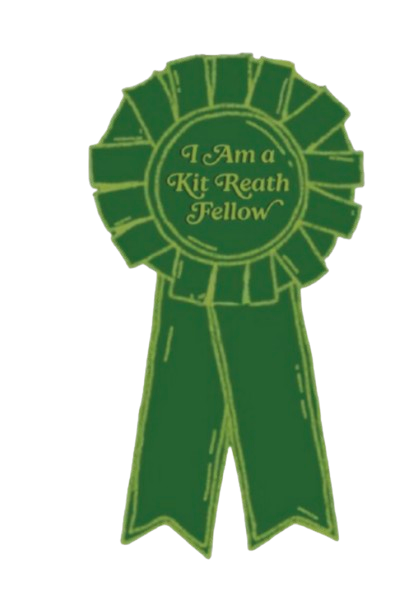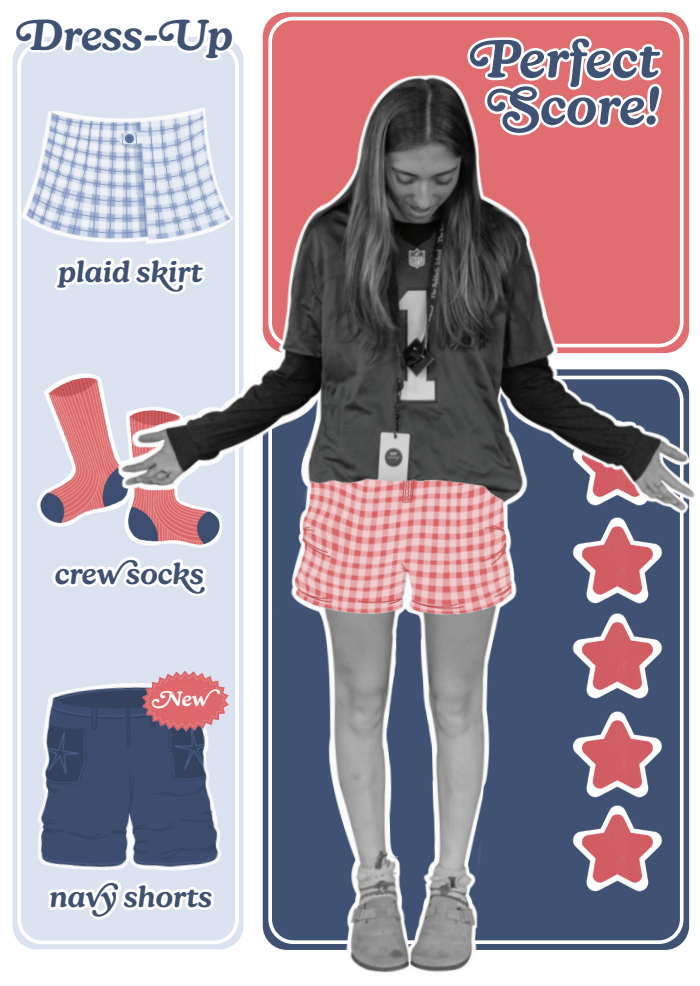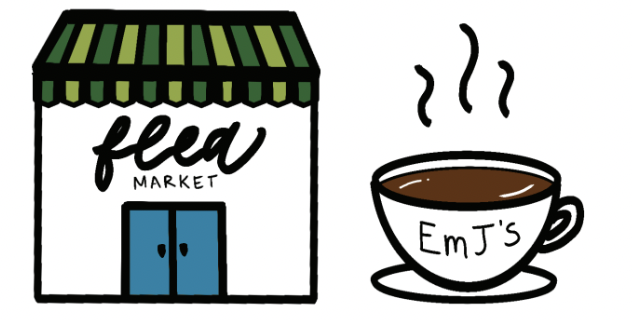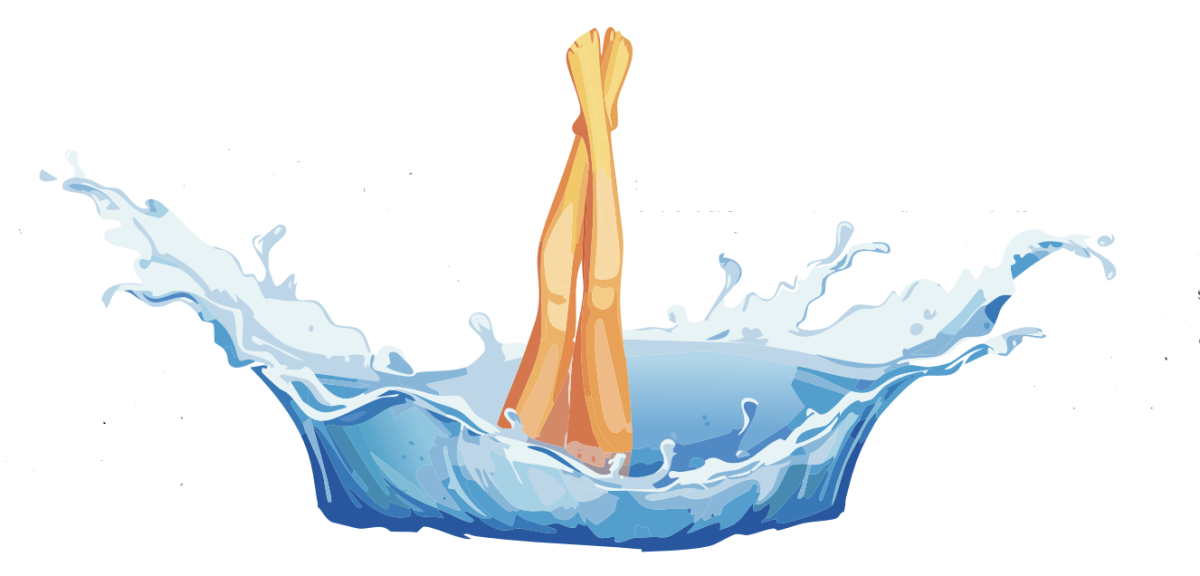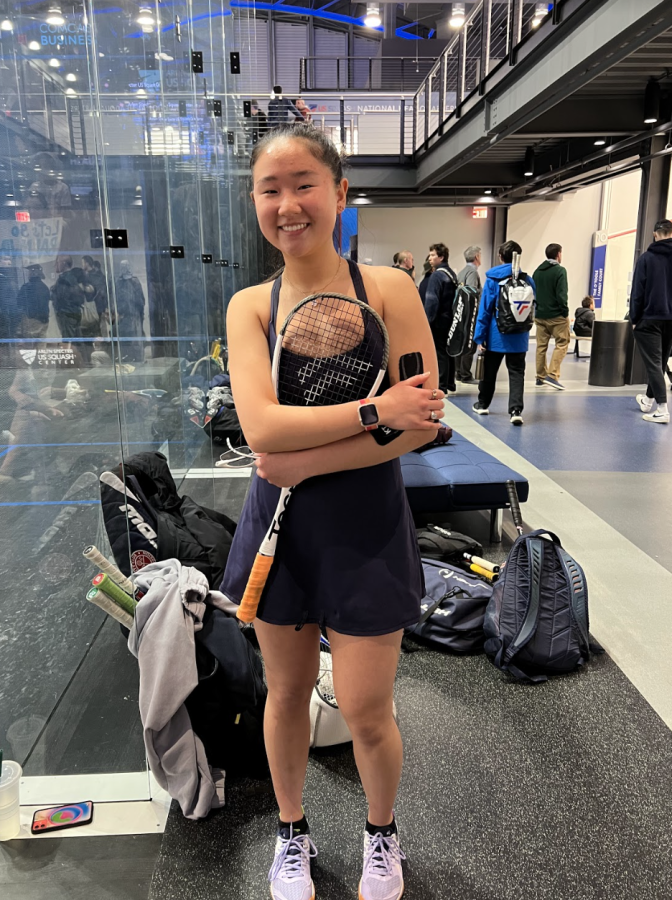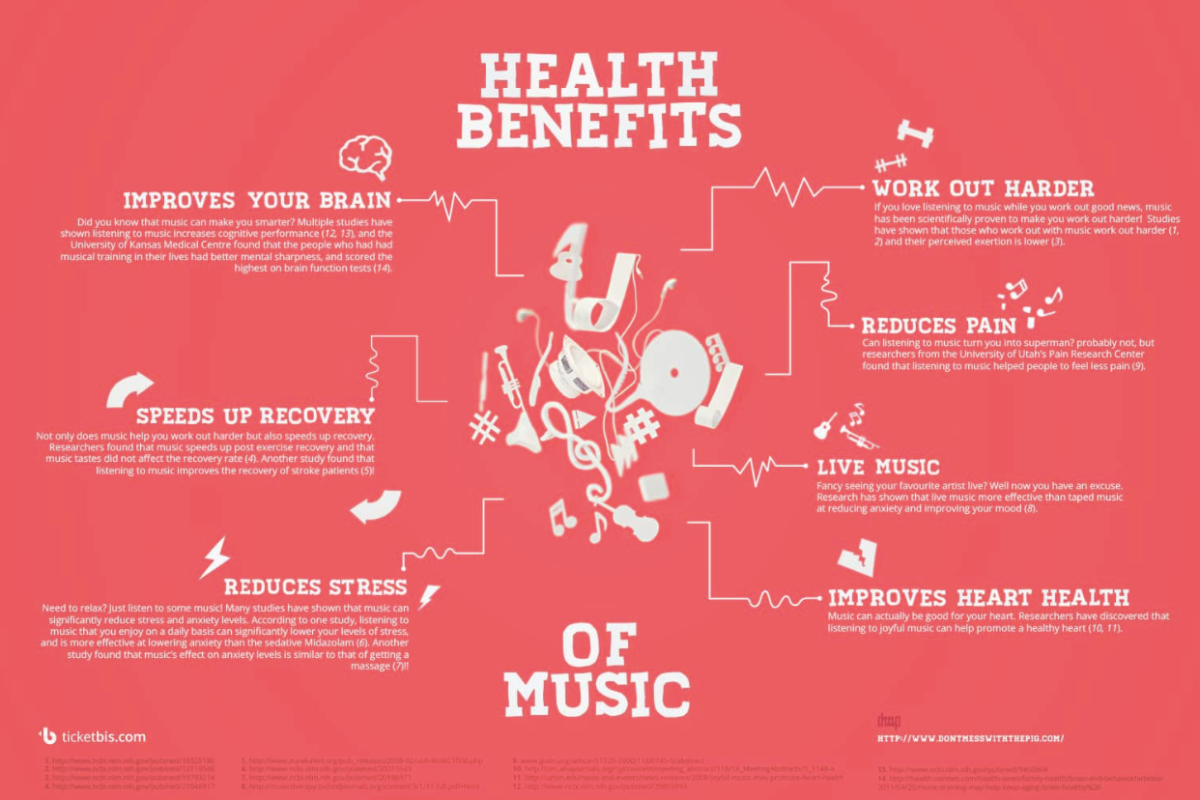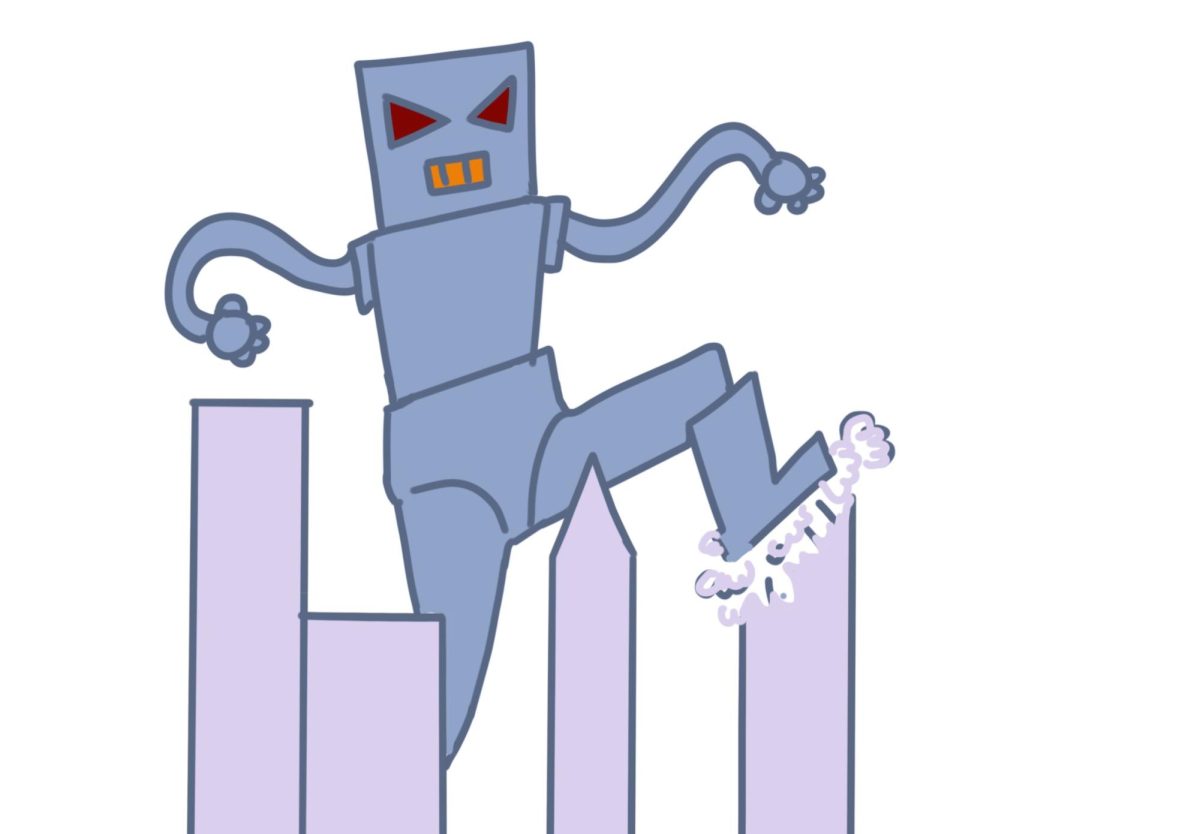If you’ve scrolled through TikTok in recent weeks, you’ve likely noticed the emergence of a mysterious yet captivating trend: bows. In videos set to the enchanting tune of Lana Del Rey’s “Let the Light In,” creators are seen tying pink bows around seemingly random objects: a Raising Canes’ chicken tender, a phone displaying text messages, and even a roll of toilet paper. As proof of the internet’s bow craze, “#bowtrend” has an astonishing 115 million views on TikTok.
Bows have been trending in the fashion industry since mid-2023. Irish fashion designer Simone Rocha released a fall/winter 2023 collection featuring appliqué red ribbons on models’ faces meant to mimic tears. Fashion company Sandy Liang’s bow-shaped hair accessories have taken over the Pinterest board of every “it girl.”
Celebrities like Hailey Bieber and Jennie Kim have also jumped on the trend by including bows in anything from street-style looks to red-carpet attire. Needless to say, the bow has suddenly become a motif in our current pop culture landscape. But what does it all mean?
Following the release of the Barbie movie in July of 2023, it has become clear that pop culture has diverged from the politicized “fourth-wave feminism” that we have come to know in the past few years. This refers to feminism that began in the 21st century, an era that was fueled by online/internet activism and featured movements including the Me Too and Time’s Up movements, according to Vox. Generally, most know it for its focus on women’s empowerment and holding powerful men accountable for their actions, according to History.
Now, with women of all ages decked out in pink, exchanging “hi Barbie” with fellow moviegoers, 2023 was the year of celebrating femininity. Similar phenomena, such as the Tiktok slang that has seeped into every girl’s vocabulary — “girl dinner” and “girl math” — emphasized this shift.
But what’s more to this trend is that the act of tying a bow isn’t as arbitrary as it seems: The objects featured in these videos encapsulate various aspects of girlhood. Whether that’s a cigarette, a tampon, or a bowl of ice (which one user declared she ate for dinner) adorned with a bow, all items are expressions of the universal female experience in all its daintiness, anarchy, and self-awareness.
The return of the bow, an emblem for the female gender, represents a refreshing departure from the ‘girl power’ movement, which preaches the unattainable ideal for women to be perpetually strong. Instead, the symbol of the bow urges an embrace of hyper-femininity that has been criticized for so long.
This trend acts as a counter-reaction to toxic “girlboss” culture: instead of encouraging women to find empowerment through taking on masculine qualities, it celebrates the idea that being a girl with girly desires and girly problems is enough – that simply being a woman is enough.
Through satire and social media, women have the freedom to express all the facets of their experience, from the trivial to the profound, without needing to loudly declare or politicize their points of view. The overtly ironic nature of this trend is perhaps even liberating, as the ambiguity of its true meaning prevents women’s viewpoints from being misconstrued.
The bow trend is ultra-girly, playful, ironic, absurd, yet self-aware. Only time will tell whether or not this trend will have a lasting impact. Hopefully, girls and young women everywhere have become inspired to add bows to their personal style, wear more pink, and perhaps film a TikTok video declaring “I’m literally just a girl.”
By embracing girlhood, feminist culture is healing.

